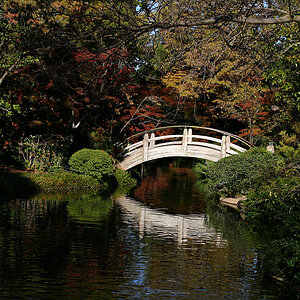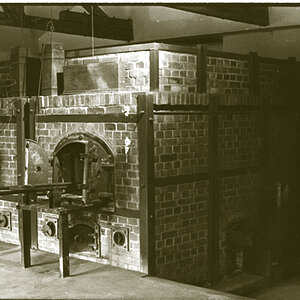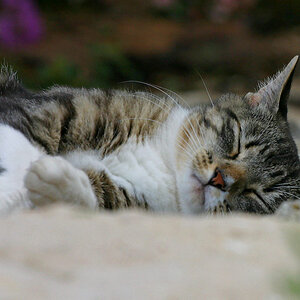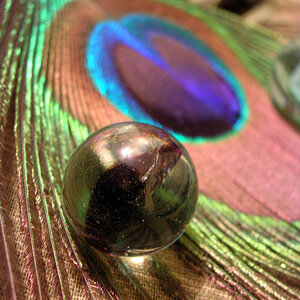adampugh
TPF Noob!
- Joined
- Apr 16, 2007
- Messages
- 5
- Reaction score
- 0
- Location
- Norwich, UK
- Can others edit my Photos
- Photos NOT OK to edit
Hi - I wondered if anyone could help... I've been shooting quite a bit at twilight but whilst the results are technically OK, the images taken as metered end up looking more like daylight - they're perfectly exposed, I guess, but I don't want them to look like daylight! I want the deep blue sky and so on. I do bracket the exposures but still don't really get close. What am I doing wrong? I'm using available (natural) light only and am shooting on a 6x7 using fuji provia 100. hope someone can help, adam



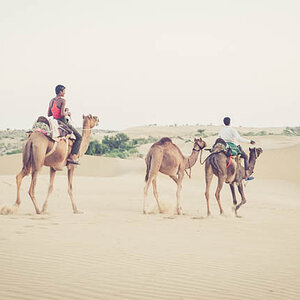
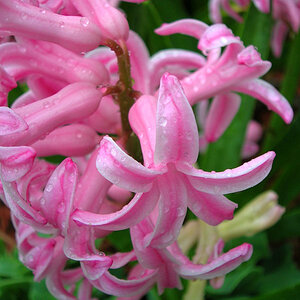
![[No title]](/data/xfmg/thumbnail/38/38726-c2f92932ae847f22fd6548bf87263976.jpg?1619738702)
![[No title]](/data/xfmg/thumbnail/32/32983-e979bc0c64090f2693d7fae6b3cc425c.jpg?1619735813)
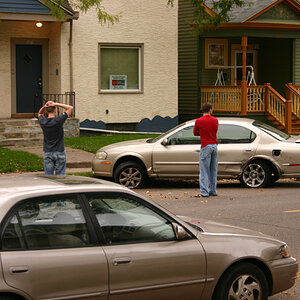
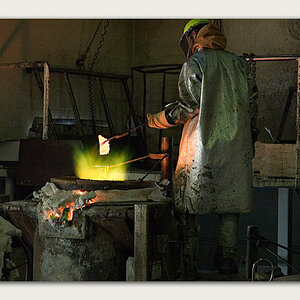
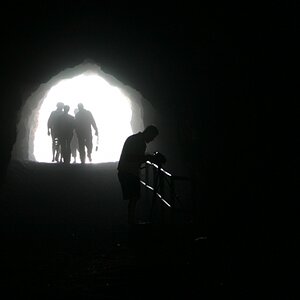
![[No title]](/data/xfmg/thumbnail/38/38727-8e7c94a88000531231f3040ce330aced.jpg?1619738702)
